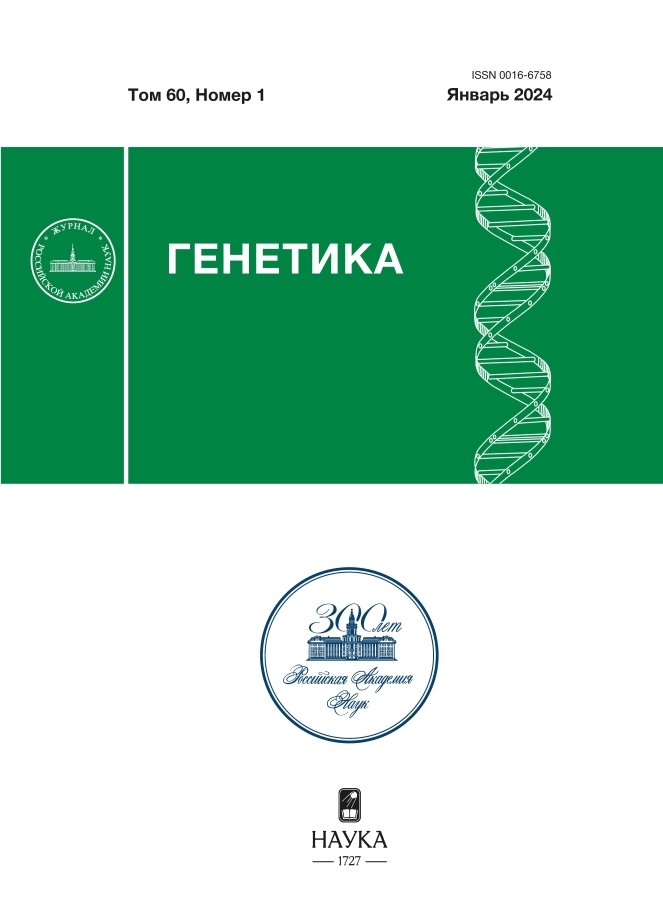The Role of Changes in Structure and Dynamics of Chromatin Due to COVID-19
- Autores: Bigildeev A.E.1, Alekseev V.I.2, Gribkova A.K.2, Timokhin G.S.3, Komarova G.A.4, Shaytan A.K.2,3
-
Afiliações:
- National Medical Research Center for Hematology
- Department of Biology, Lomonosov Moscow State University
- Laboratory of Bioinformatics, Faculty of Computer Science, National Research University Higher School of Economics
- Department of Physics, Lomonosov Moscow State University
- Edição: Volume 60, Nº 1 (2024)
- Páginas: 16-41
- Seção: ОБЗОРНЫЕ И ТЕОРЕТИЧЕСКИЕ СТАТЬИ
- URL: https://cardiosomatics.ru/0016-6758/article/view/667007
- DOI: https://doi.org/10.31857/S0016675824010027
- ID: 667007
Citar
Texto integral
Resumo
The COVID-19 pandemic has become a serious challenge for the healthcare system and the economy of many states, and understanding the molecular mechanisms of the pathogenesis of this disease has become a significant challenge for modern science. At the same time, for the first time, a number of high-precision and high-throughput methods for analyzing molecular processes were available to scientists, including technologies for studying changes in chromatin at the genomic level. In this review, we discuss various modern methods that have been used or can be used to study changes in the structure and dynamics of chromatin during infection with SARS-CoV-2, present the results of currently available studies on the role of these changes in the pathogenesis of COVID-19, and in conclusion we review the currently known molecular mechanisms of chromatin modulation that occur during infection with SARS-CoV-2.
Palavras-chave
Texto integral
Sobre autores
A. Bigildeev
National Medical Research Center for Hematology
Autor responsável pela correspondência
Email: shaytan_ak@mail.bio.msu.ru
Rússia, Moscow
V. Alekseev
Department of Biology, Lomonosov Moscow State University
Email: shaytan_ak@mail.bio.msu.ru
Rússia, Moscow
A. Gribkova
Department of Biology, Lomonosov Moscow State University
Email: shaytan_ak@mail.bio.msu.ru
Rússia, Moscow
G. Timokhin
Laboratory of Bioinformatics, Faculty of Computer Science, National Research University Higher School of Economics
Email: shaytan_ak@mail.bio.msu.ru
Rússia, Moscow
G. Komarova
Department of Physics, Lomonosov Moscow State University
Email: shaytan_ak@mail.bio.msu.ru
Rússia, Moscow
A. Shaytan
Department of Biology, Lomonosov Moscow State University; Laboratory of Bioinformatics, Faculty of Computer Science, National Research University Higher School of Economics
Email: shaytan_ak@mail.bio.msu.ru
Rússia, Moscow; Moscow
Bibliografia
Arquivos suplementares











